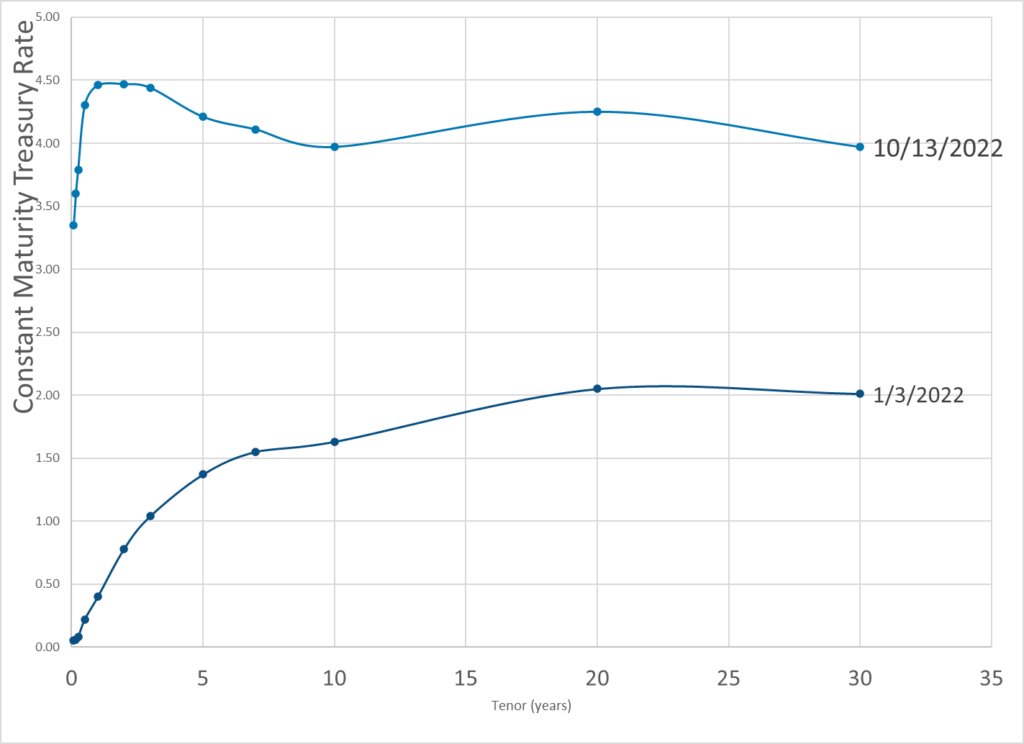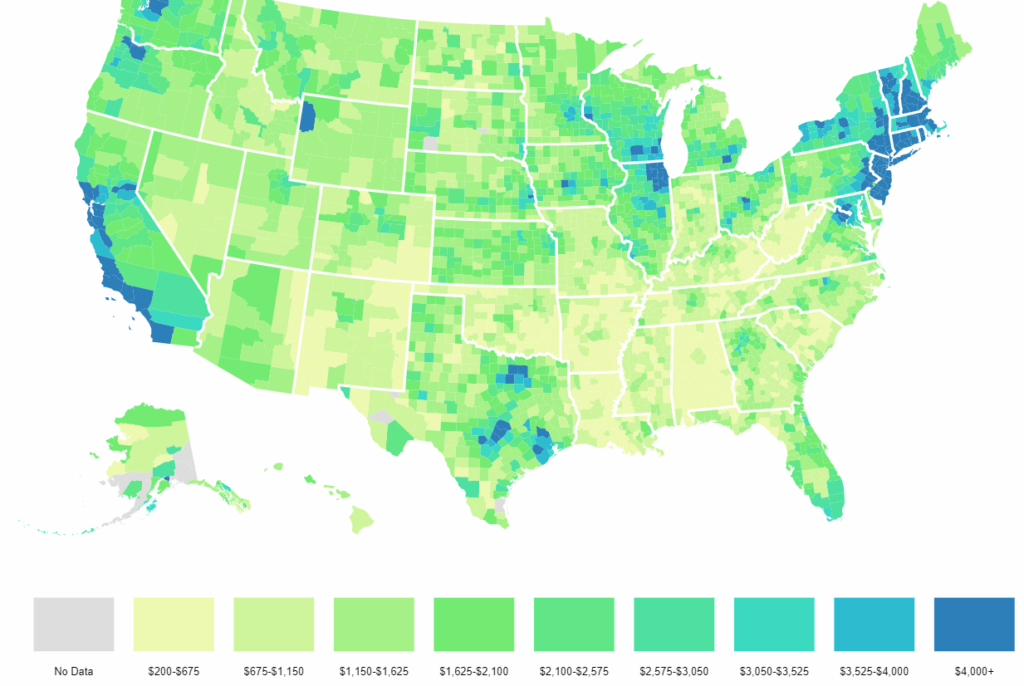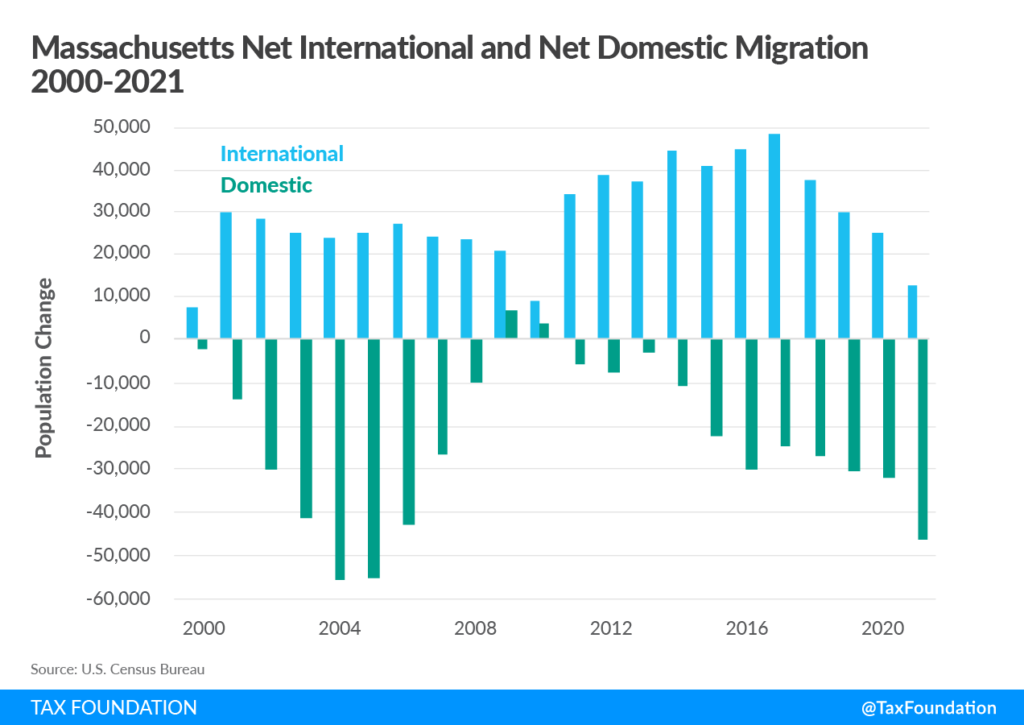Excerpt:
Decade after decade, Chester, Pennsylvania, has fallen deeper and deeper into a downward financial spiral.
As the city’s population dwindled to half its mid-century peak, shuttered factories near the banks of the Delaware River were replaced by a prison and one of the nation’s largest trash incinerators. A Major League Soccer stadium and casino did little to turn around the predominantly Black city just outside Philadelphia, where 30% of its 33,000 residents live below the poverty line. Debt piled up. The government struggled to balance the books.
Now, with its police pension set to run out of cash in months, a state-appointed receiver is considering a last resort that cities rarely take: filing for bankruptcy.
…..
In the years after the housing-market crash, three California cities, Detroit and Puerto Rico all went bankrupt, in large part because of retirement-fund debts. Such pensions are now being tested again, with the S&P 500 Index tumbling over 20% this year and bonds pummeled by the worst losses in decades.
….
Michael Doweary, who was appointed receiver of the city in 2020, is exploring options such as eliminating retiree health care, cutting the city’s costs for active employees’ medical benefits and reducing the city’s pension and debt-service costs.
But that’s virtually certain to draw resistance from employees, who would need to approve such changes. In February, Pennsylvania’s Department of Community and Economic Development gave Doweary the power to seek bankruptcy protection for Chester if such steps fall through.
“The answer is not to go to people and say we promised you if you work here for 25 years we’re going to give you post-retirement medical benefits, and then take it back,” said Les Neri, a former president of the Pennsylvania Fraternal Order of Police who is currently working with Chester’s officers. “At least current officers can make a decision to accept it and stay, or reject it and leave.”
Author(s): Hadriana Lowenkron
Publication Date: 17 Oct 2022
Publication Site: Bloomberg Law







